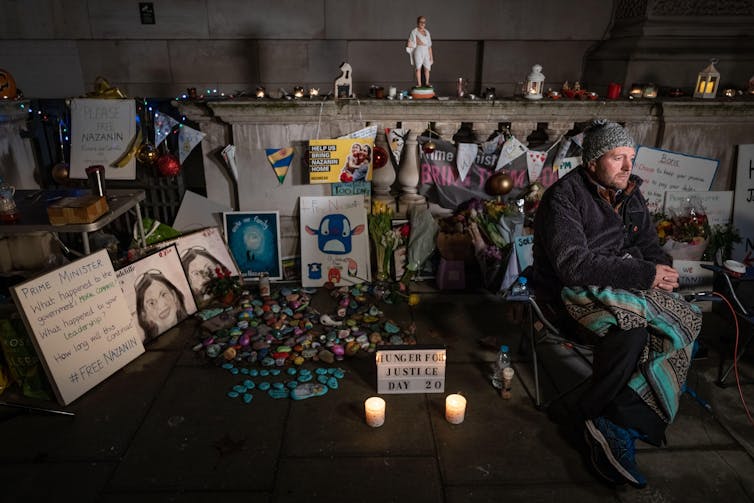WATCH | E-hailing operators want to sit at the table when pricing ratios, driver vetting are determined
Shonisani Tshikalange
Reporter
22 March 2022
E-hailing operators for companies including Uber, Bolt and DiDi embarked on a three-day “apps off” protest across SA from Tuesday, calling for the government to introduce industry regulations to improve their working conditions.
In Gauteng, drivers are marching to the offices of the department of trade & industry and to the Union Buildings today. Spokesperson Vhatuka Mbelengwa said the department must correctly define e-hailing companies.
“Is Uber a tech company or a transport company? We want a framework in which we can hold them accountable. When we speak about regulations, we are talking about conditions that will manage the relationship within the sector,” he said.
Mbelengwa said they want joint decision-making platforms on issues such as fair pricing and vetting of drivers.
“Tech companies can’t take decisions autonomously. They must consult with us because we are the bulk investors in this industry.
“It is our money that buys these assets and our money that maintains them. We spend on the fuel. It is the sacrifices of grandparents, parents and siblings at home to make sure there is a vehicle available. These efforts should be appreciated by government. In this country that lacks opportunity, can we at least be protective of the limited opportunities that might be brought about,” he said.
Foreign-based app companies “are being given free will to do as they please within SA and this can’t be correct,” Mbelengwa said.
“We are simply saying to government: appreciate and value our lives, appreciate the domestic investment, the billions we have put into this sector so we can empower ourselves.”
Drivers are also concerned about their an unsafe working environment amid violent rivalry at times in the transport sector.
“We can’t continually be put at odds with other participants within public transportation and government does nothing,” Mbelengwa said.
He said they will head to Gauteng transport MEC Jacob Mamabolo’s office on Wednesday.
“On Thursday we are shutting down the industry. No-one must work, but we also think if there is goodwill, whether from government or app companies, they can take Thursday as an opportunity to respond or express themselves and open the door to engagement.”
Mbelengwa apologised to customers for the disruption to services.
“We are saying please be patient with us. A regulated industry protects domestic investment and a few days inconvenience may result in an environment where there will be increased safety.”
Uber and Bolt have previously publicly stated the measures they have taken to ensure rider and driver safety and explained their driver vetting policies, which include professional driving permits, police clearance certificates and criminal background checks.
Business Times recently reported that new entrant DiDi charges drivers a commission of 13% on each ride, compared with about 20% to 25% for Bolt and Uber drivers.
Earlier this month, Uber’s head of mobility operations for sub-Saharan Africa, Kagiso Khaole, said the company was actively engaging with its drivers on issues that affected their income.
“Our commitment to them is to continuously find ways to maximise their earning potential while meeting the needs of riders.”









